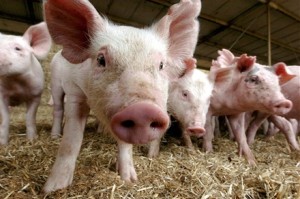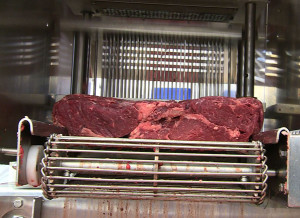A group of teenage girls are speaking out because they say they got dangerously sick after stopping at the Caribou Coffee in Brooklyn Park, and company officials confirm seven workers there had the norovirus.
“We usually go there in the morning and grab something before school usually 3 or 4 times a month,” Allison Fortuna said.
The coffee shop on Colorado Lane North was once a weekly stop for several members of the Champlain Park High School cheer squad, but Fortuna says she and the others who  were sickened aren’t sure if they’ll ever come back.
were sickened aren’t sure if they’ll ever come back.
Fortuna said 15 people fell ill, but she and her sister say the scariest part of the whole ordeal wasn’t learning what made them sick — the experience itself was.
“Really bad stomach pain and throw up time after time,” Fortuna recalled. “I started throwing up blood from throwing up so hard.”
Another young girl told Fox 9 News she also got sick after having a vanilla cooler at the same shop last week. Anna wrote, “After I drank it, I started throwing up a lot. All my friends that went there got sick too.”
Fortuna said she and other members of the cheer squad were sick for 3 to 4 days, and Brooklyn Park Code Enforcement and Public Health representatives have pinpointed a cause: A total of 7 Caribou employees were sick with norovirus last week.
“They voluntarily closed on Friday and we went back out this morning,” Jason Newby said. “They’re still screening employees and bringing in employees from other locations. They’re doing all the right things.”
Caribou spokeswoman Brianna Bauer said professional cleaners spent the entire weekend sanitizing the store before it reopened on Monday morning.
Bauer said the company was “really sorry” to hear about the illnesses, but she said she was “happy to report that it has nothing to do with anything they consumed out of  Caribou.”
Caribou.”
It’s estimated that 400-500 people visit that Caribou location each day, but Brooklyn Park representatives say only one sickness has been officially reported after visiting the coffee shop. In order to consider it an outbreak, those who were sickened need to report their illness to the hotline by calling 1-877-366-3455.










